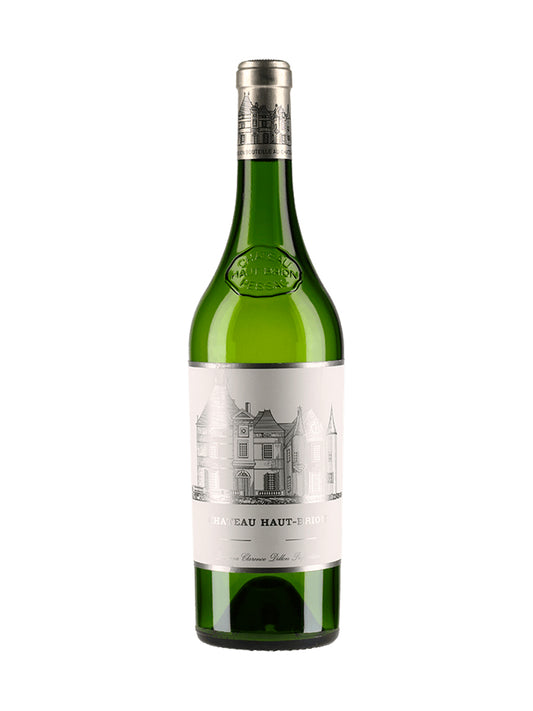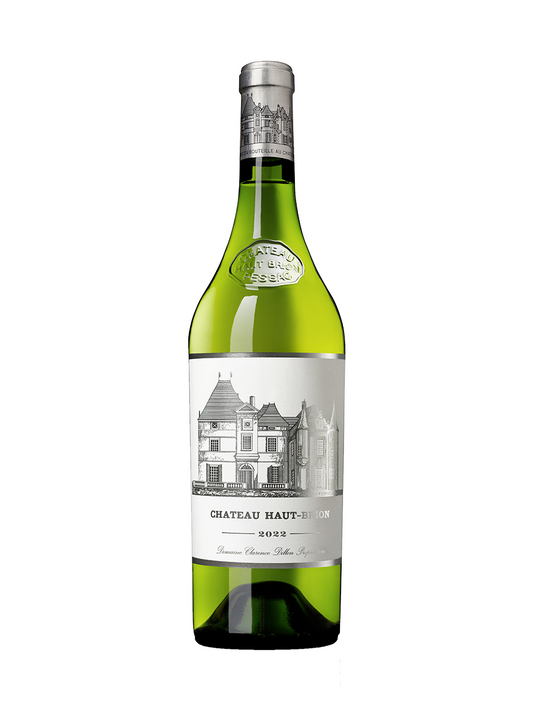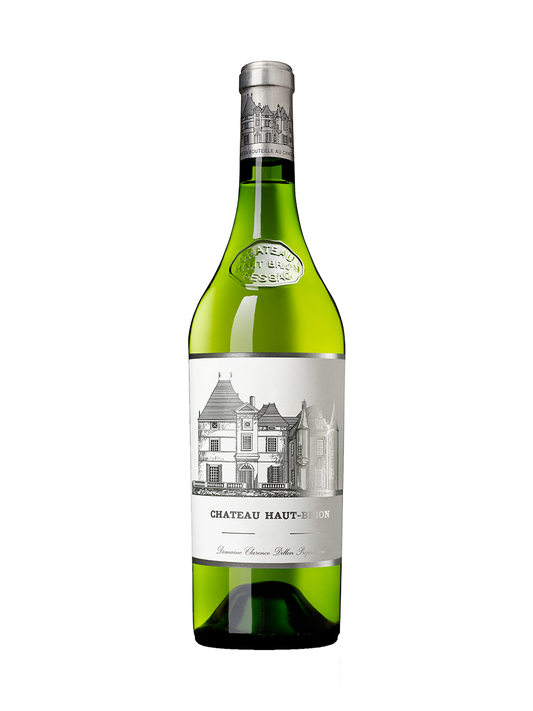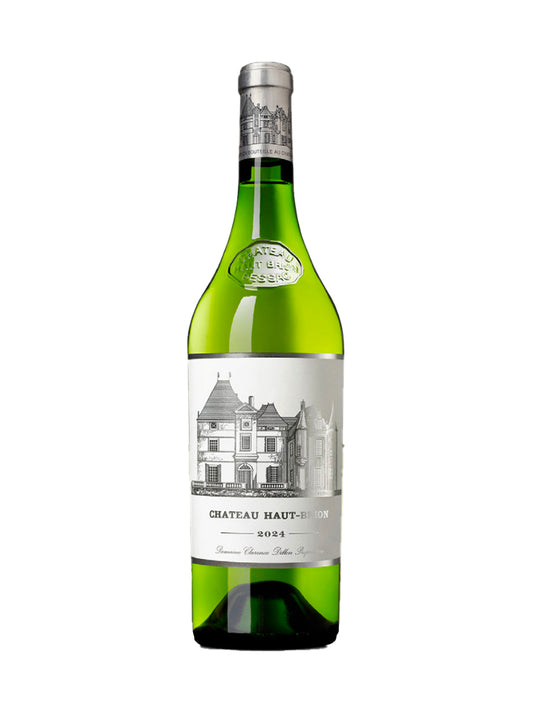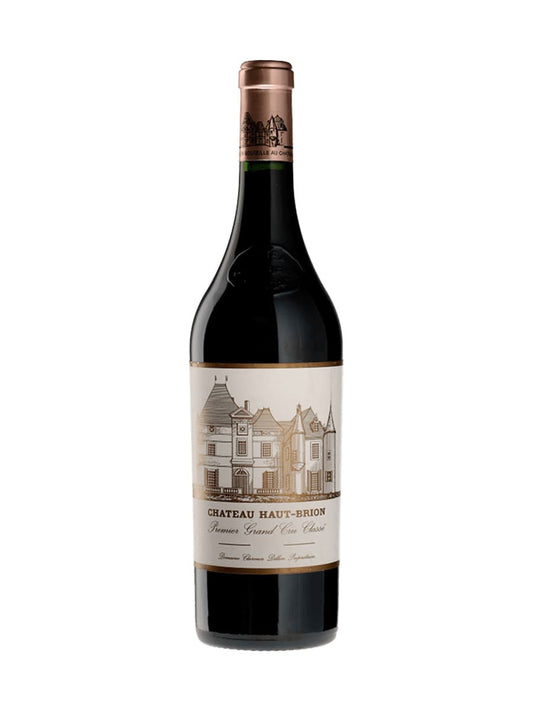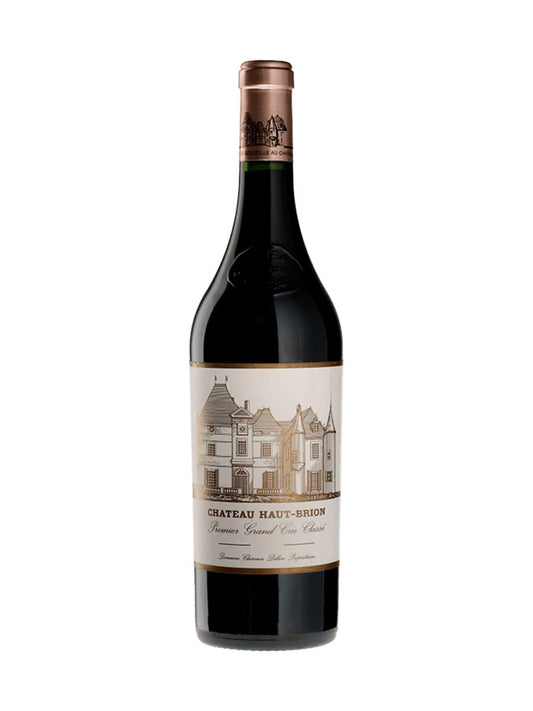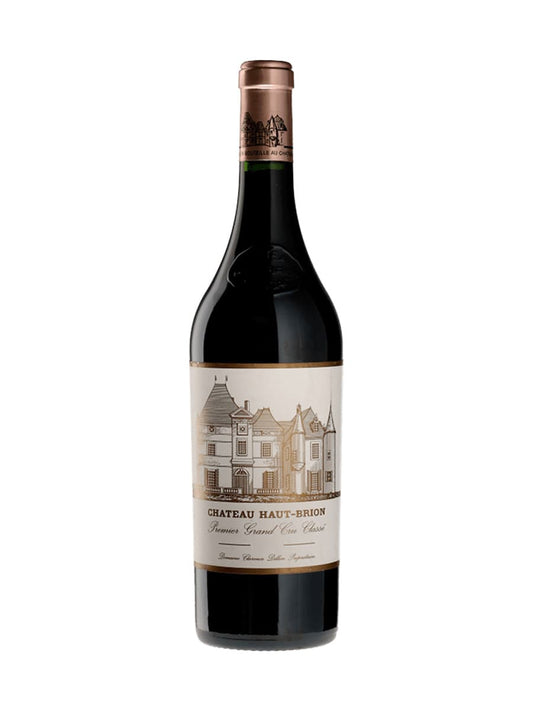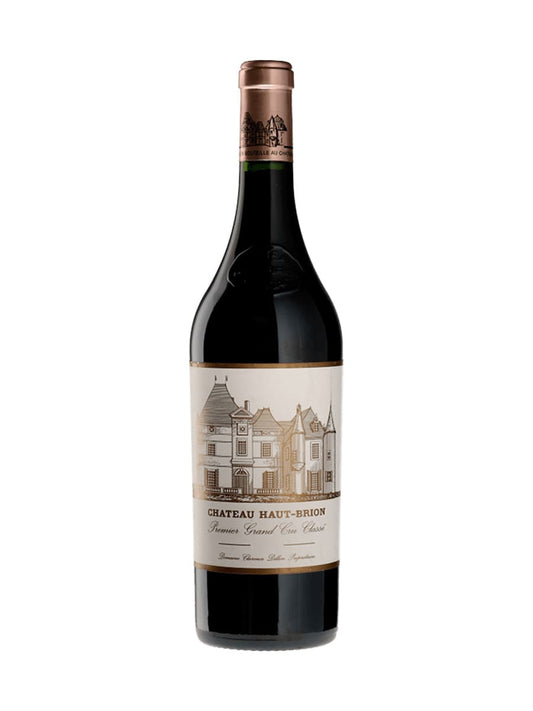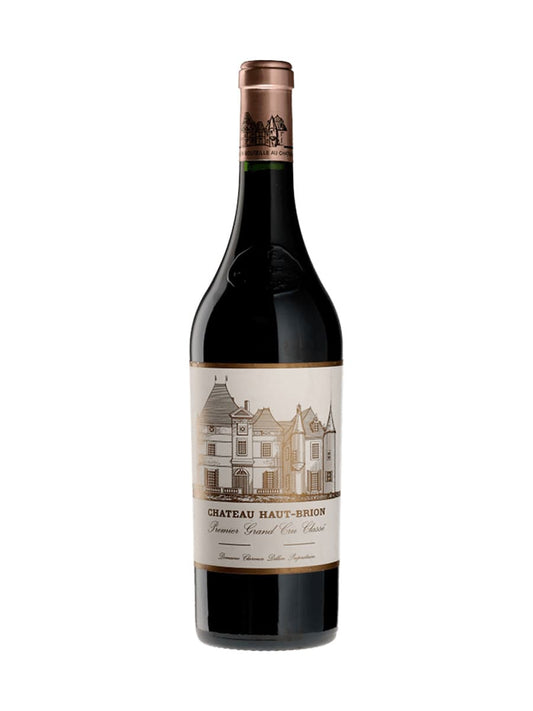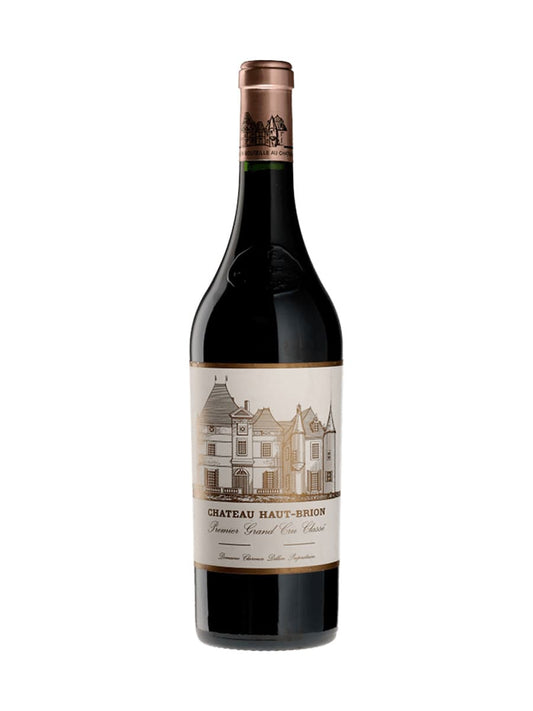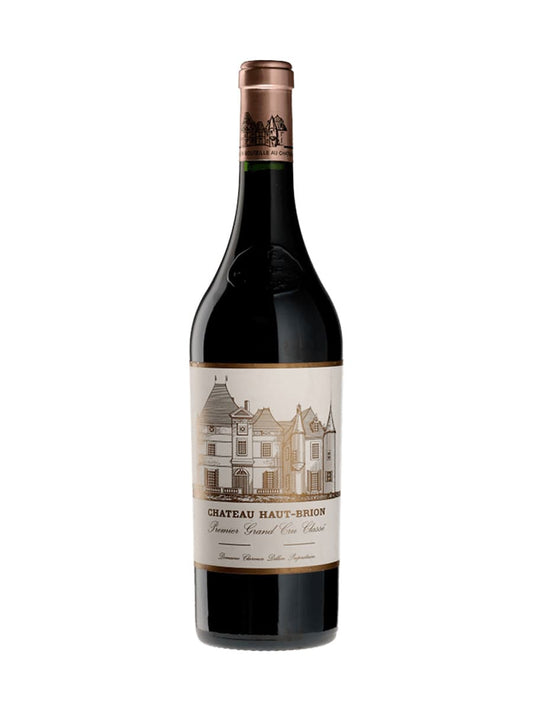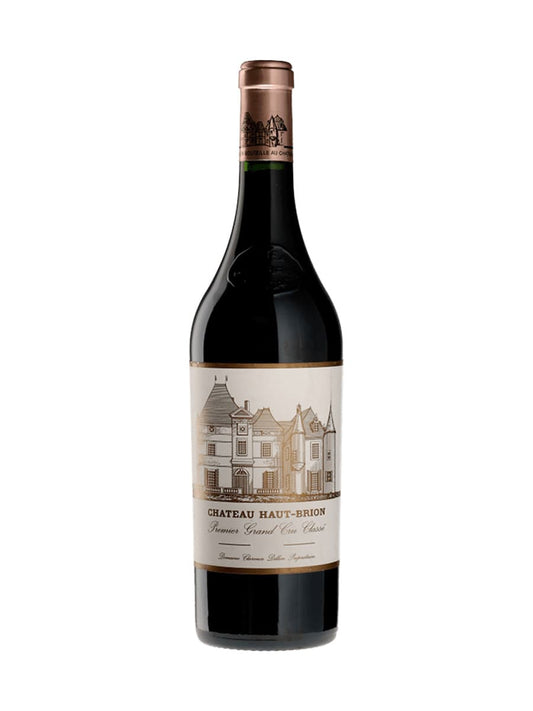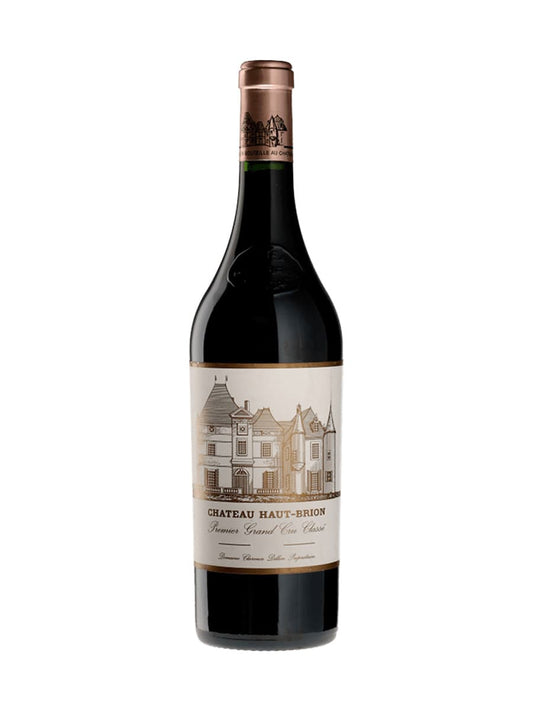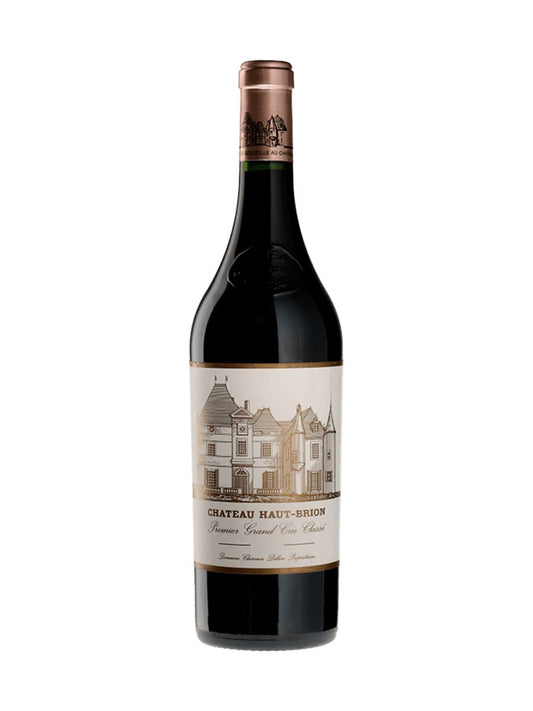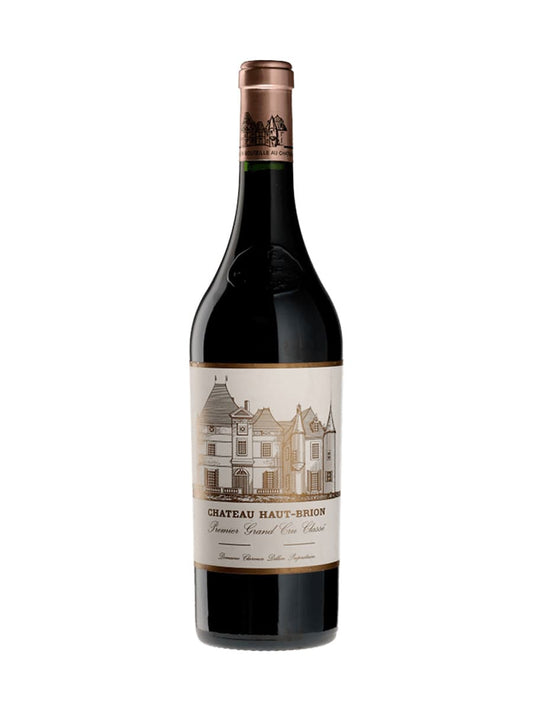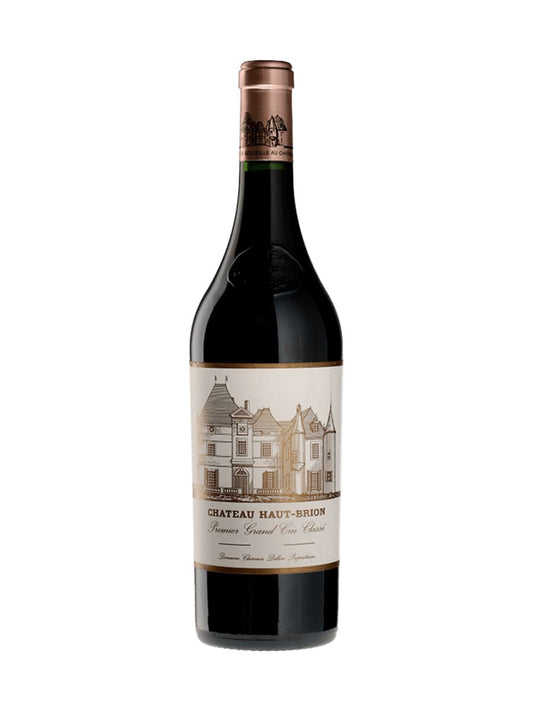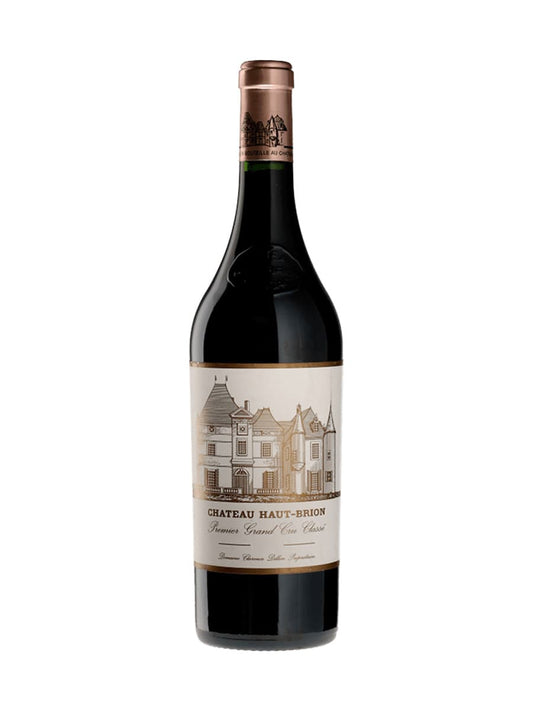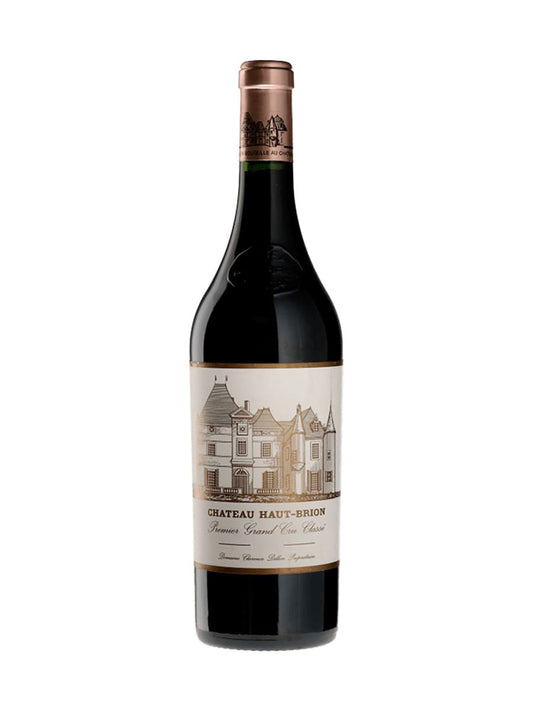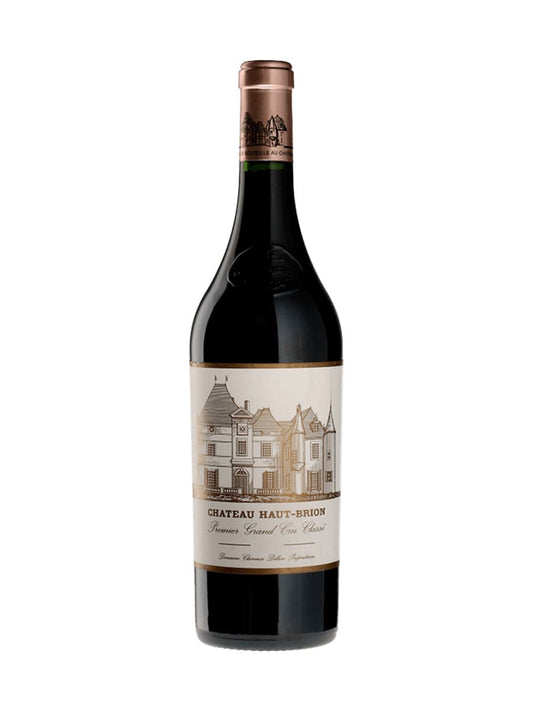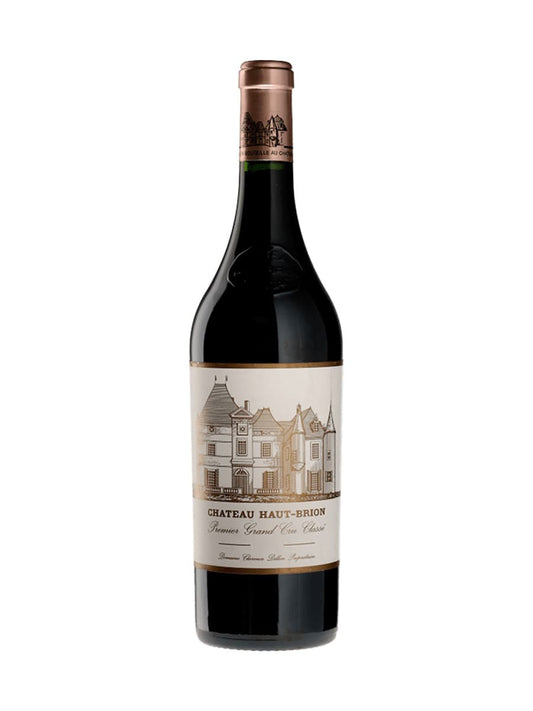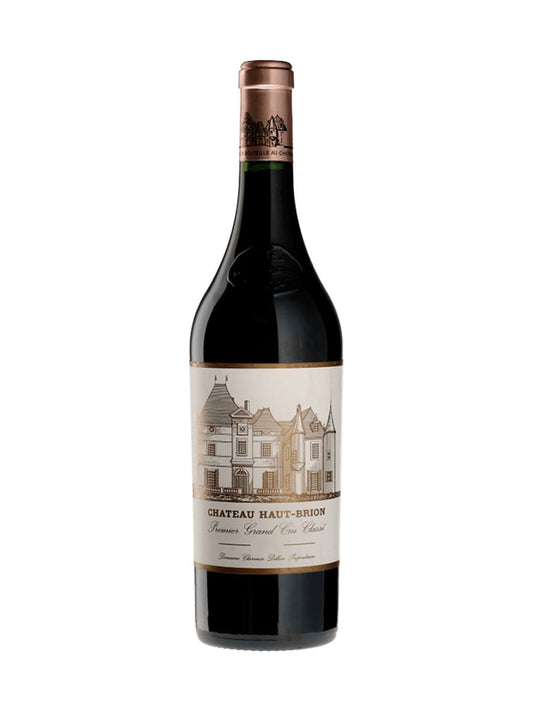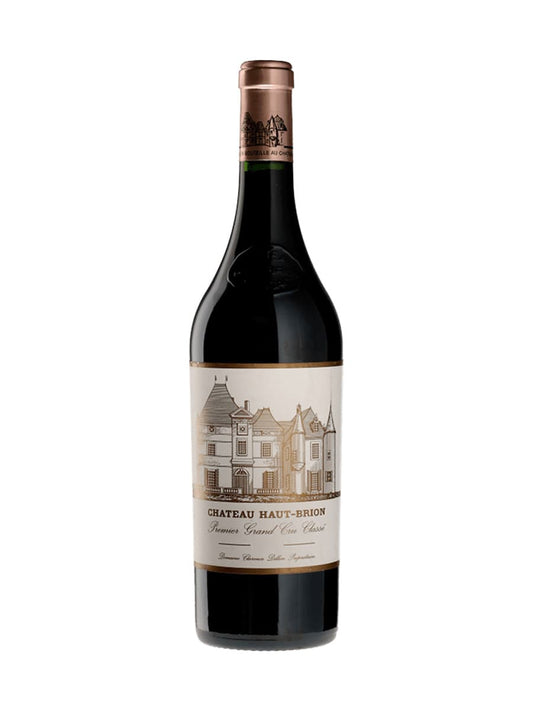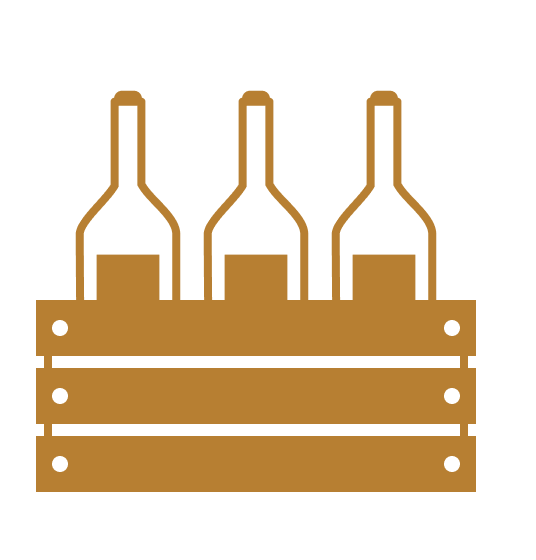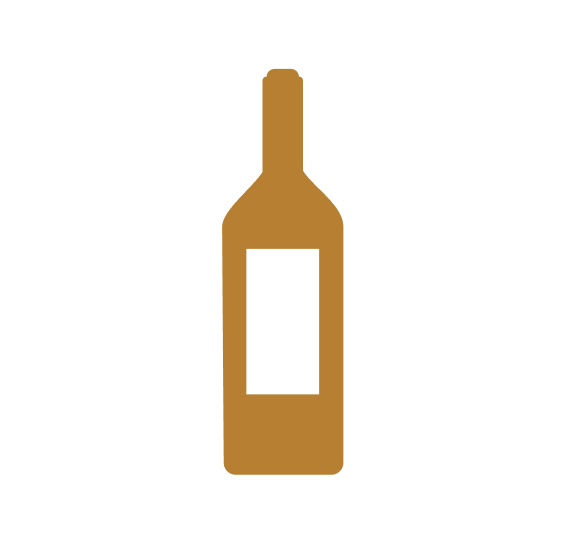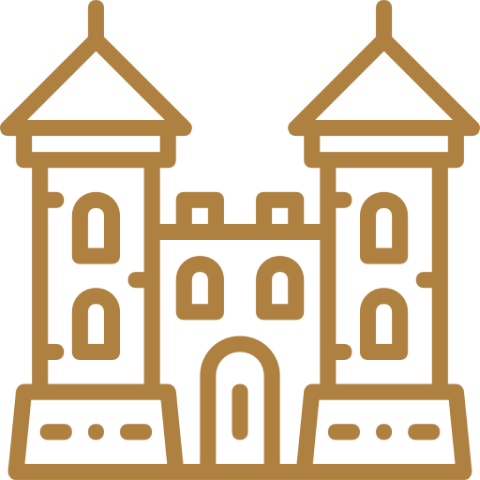CHATEAU HAUT BRION
Located in Pessac, a few kilometres away from Bordeaux. Château Haut-Brion is the oldest wine estate of the region. Founded in 1533 by the Pontac family who kept innovating and improving viticultural techniques, especially by developing the wine ageing potential. Wines were sought-after by monarchs and many writers extolled the virtues of them, such as Samuel Pepys who wrote: “And there, drank a sort of French wine, called Ho-Bryan, that hath a good and most particular taste that I never met with …”. The first branded wine was born. Plus d'information
Découvrez nos millésimes CHATEAU HAUT BRION
Chateau Haut-Brion: 4 centuries of excellence, between heritage and innovation
A story that unfolds over 4 centuries
Château Haut-Brion is one of the 5 premier grands crus classified in Bordeaux in 1855. Unlike the other châteaux, it has the singularity of not being located in the Haut-Médoc zone, and...
Découvrez nos millésimes CHATEAU HAUT BRION
Chateau Haut-Brion: 4 centuries of excellence, between heritage and innovation
A story that unfolds over 4 centuries
Château Haut-Brion is one of the 5 premier grands crus classified in Bordeaux in 1855. Unlike the other châteaux, it has the singularity of not being located in the Haut-Médoc zone, and of also being classified as a Graves Cru Classée. Nestled in the heart of the Pessac-Léognan appellation, Haut-Brion boasts a remarkable Graves terroir that has been the source of its worldwide commercial success for almost 4 centuries.
The Pontac era
The Pontac family founded the Chateau in the 16th century. This influential Bordeaux family was the driving force behind the castle's restoration. With the impetus of Arnaud III de Pontac in the 17th century, then President of the Bordeaux Parliament, the estate accelerated its development. The estate adopts conservation techniques, such as ouillage and racking, to create a new style of wine, the « New French Claret ».
When Haut Brion was adopted by Charles II of England in the 17th century, the entire aristocratic court followed suit. I drank a kind of French wine called Ho Bryan, which had a very particular taste that I had never encountered before... ». Haut-Brion was mentioned by many successful English writers, such as John Locke and John Evelyn.
Aware of the success of his wine in England, Arnaud III de Pontac sent his son on a mission to open what was to become London's first restaurant, Pontack's Head. Perfect for promoting the estate's wines, Pontack's Head is also a meeting place for the world's intellectuals and elite.
Haut-Brion's contagious success also conquered the other side of the Atlantic, and in particular the passionate American ambassador to France, Thomas Jefferson, who later became President of the United States. According to Jefferson, after his 1787 visit to the chateau, Haut-Brion was one of the finest wines he had ever tasted in Bordeaux, and one of only four recognized as the best before the famous 1855 classification was published.
In 1923, Haut-Brion decided to stop entrusting its wine in barrels to negociants and to bottle it at the Chateau. He was soon followed by Chateau Mouton Rothschild, who adopted this method a millennium later.
The Dillon dynasty
The year 1935 marked a real turning point in the history of the Chateau. In one fell swoop, the chateau was passed on to Clarence Dillon, a Francophile banker from the Apple, a New Yorker.
At the beginning of the Second World War, the chateau was converted into a hospital by Clarence Dillon's nephew, Seymour Weller. He helped the French nation through other activities in support of the French Resistance. He then went on to modernize the building, carrying out electrical and plumbing work, followed by a refurbishment and redesign of the space. Le Château also innovated in viticulture and winemaking, adopting the Gironde's first tractor, massal selection and stainless steel vats in 1961.
Joan Dillon took over ownership in 1975 and married Prince Charles of Luxembourg. Widowed in 1978 with 2 children - Prince Robert and Princess Charlotte - she married Philippe de Noailles, Duc de Mouchy. In 1997, Prince Robert de Luxembourg took over management of Domaines Clarence Dillon, which includes Chateau Haut-Brion and Chateau La Mission Haut-Brion.
Haut Brion, a visionary style since the 17th century
Chateau Haut-Brion wines are available in 2 colors, Haut-Brion Red et Haut-Brion White. These 2 wines share the same DNA of excellence, rigor and aromatic depth. For each of these colors, Le Château produces a second wine, respectively Clarence de Haut-Brion, in homage to Clarence Dillon, and Clart de Haut-Brion.
For the vines used to produce red wines, the planting is dominated by Merlot (48%), complemented by Cabernet Sauvignon (41%), Cabernet Franc (10%) and Petit Verdot (1%). For the grapes used to make the white wines, the blend is almost equally made up of Sauvignon Blanc and Sauvignon Blanc, with 53% Sauvignon Blanc and 47% Sauvignon Blanc and Gris.
A style resolutely close to the identity of contemporary Bordeaux wines
Arnaud III de Pontac distinguished himself brilliantly not only in the history of the Château, but also in that of Bordeaux wines in the 17th century, by creating a singular style of wine, red wines for ageing. The New French Claret was immediately adopted and acclaimed by the English. It was to become the ancestor of the great Bordeaux aging wines we know today.
A wine that reflects the grandeur of its terroir
The Chateau's name dates back to the 16th century, and is thought to derive from the name of its terroir, with vines planted on the Haut-Brion hillsides, rather than from an owner or parish. This ancient name signals the singularity and excellence of its terroir.
The 51 hectares that make up the chateau's vineyard are planted on the Haut-Brion terrace, which consists of two steep hills bordered by two streams. The Graves soil rests on a subsoil of clay, sand, limestone and falun. The gravel is made up of small pebbles of varying quartz content, ranging in thickness from around 20 cm to more than 3 m. The gravel is also made up of small pebbles of varying quartz content. The presence of the Graves gravels creates croups with ideal exposure and natural drainage for vine-growing..

